Nathan Marz - Big Data: Principles and best practices of scalable realtime data systems
Here you can read online Nathan Marz - Big Data: Principles and best practices of scalable realtime data systems full text of the book (entire story) in english for free. Download pdf and epub, get meaning, cover and reviews about this ebook. year: 2015, publisher: Manning Publications, genre: Computer. Description of the work, (preface) as well as reviews are available. Best literature library LitArk.com created for fans of good reading and offers a wide selection of genres:
Romance novel
Science fiction
Adventure
Detective
Science
History
Home and family
Prose
Art
Politics
Computer
Non-fiction
Religion
Business
Children
Humor
Choose a favorite category and find really read worthwhile books. Enjoy immersion in the world of imagination, feel the emotions of the characters or learn something new for yourself, make an fascinating discovery.
- Book:Big Data: Principles and best practices of scalable realtime data systems
- Author:
- Publisher:Manning Publications
- Genre:
- Year:2015
- Rating:5 / 5
- Favourites:Add to favourites
- Your mark:
Big Data: Principles and best practices of scalable realtime data systems: summary, description and annotation
We offer to read an annotation, description, summary or preface (depends on what the author of the book "Big Data: Principles and best practices of scalable realtime data systems" wrote himself). If you haven't found the necessary information about the book — write in the comments, we will try to find it.
Summary
Big Data teaches you to build big data systems using an architecture that takes advantage of clustered hardware along with new tools designed specifically to capture and analyze web-scale data. It describes a scalable, easy-to-understand approach to big data systems that can be built and run by a small team. Following a realistic example, this book guides readers through the theory of big data systems, how to implement them in practice, and how to deploy and operate them once theyre built.
Purchase of the print book includes a free eBook in PDF, Kindle, and ePub formats from Manning Publications.
About the Book
Web-scale applications like social networks, real-time analytics, or e-commerce sites deal with a lot of data, whose volume and velocity exceed the limits of traditional database systems. These applications require architectures built around clusters of machines to store and process data of any size, or speed. Fortunately, scale and simplicity are not mutually exclusive.
Big Data teaches you to build big data systems using an architecture designed specifically to capture and analyze web-scale data. This book presents the Lambda Architecture, a scalable, easy-to-understand approach that can be built and run by a small team. Youll explore the theory of big data systems and how to implement them in practice. In addition to discovering a general framework for processing big data, youll learn specific technologies like Hadoop, Storm, and NoSQL databases.
This book requires no previous exposure to large-scale data analysis or NoSQL tools. Familiarity with traditional databases is helpful.
Whats Inside
- Introduction to big data systems
- Real-time processing of web-scale data
- Tools like Hadoop, Cassandra, and Storm
- Extensions to traditional database skills
About the Authors
Nathan Marz is the creator of Apache Storm and the originator of the Lambda Architecture for big data systems. James Warren is an analytics architect with a background in machine learning and scientific computing.
Table of Contents
- A new paradigm for Big Data PART 1 BATCH LAYER
- Data model for Big Data
- Data model for Big Data: Illustration
- Data storage on the batch layer
- Data storage on the batch layer: Illustration
- Batch layer
- Batch layer: Illustration
- An example batch layer: Architecture and algorithms
- An example batch layer: Implementation PART 2 SERVING LAYER
- Serving layer
- Serving layer: Illustration PART 3 SPEED LAYER
- Realtime views
- Realtime views: Illustration
- Queuing and stream processing
- Queuing and stream processing: Illustration
- Micro-batch stream processing
- Micro-batch stream processing: Illustration
- Lambda Architecture in depth
Nathan Marz: author's other books
Who wrote Big Data: Principles and best practices of scalable realtime data systems? Find out the surname, the name of the author of the book and a list of all author's works by series.

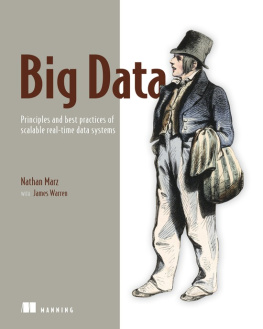
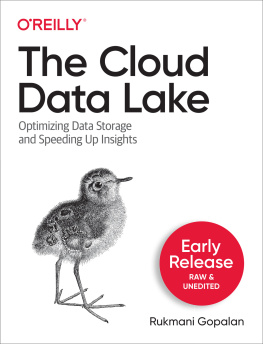


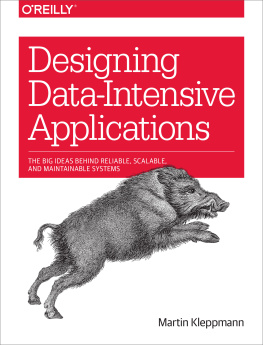
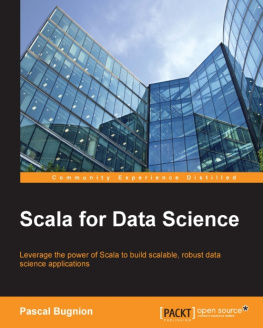
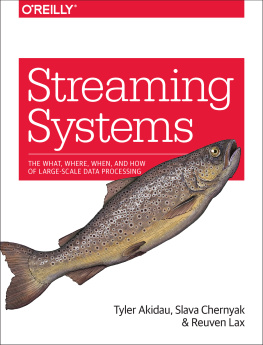


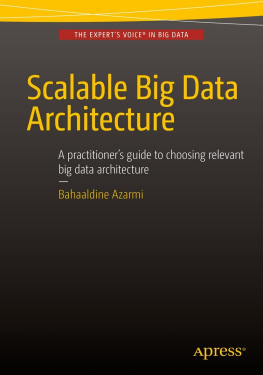
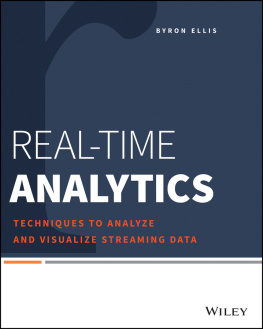

 Recognizing the importance of preserving what has been written, it is Mannings policy to have the books we publish printed on acid-free paper, and we exert our best efforts to that end. Recognizing also our responsibility to conserve the resources of our planet, Manning books are printed on paper that is at least 15 percent recycled and processed without the use of elemental chlorine.
Recognizing the importance of preserving what has been written, it is Mannings policy to have the books we publish printed on acid-free paper, and we exert our best efforts to that end. Recognizing also our responsibility to conserve the resources of our planet, Manning books are printed on paper that is at least 15 percent recycled and processed without the use of elemental chlorine.